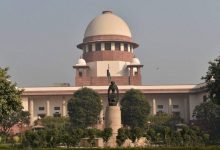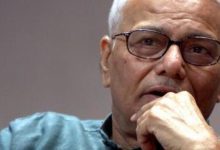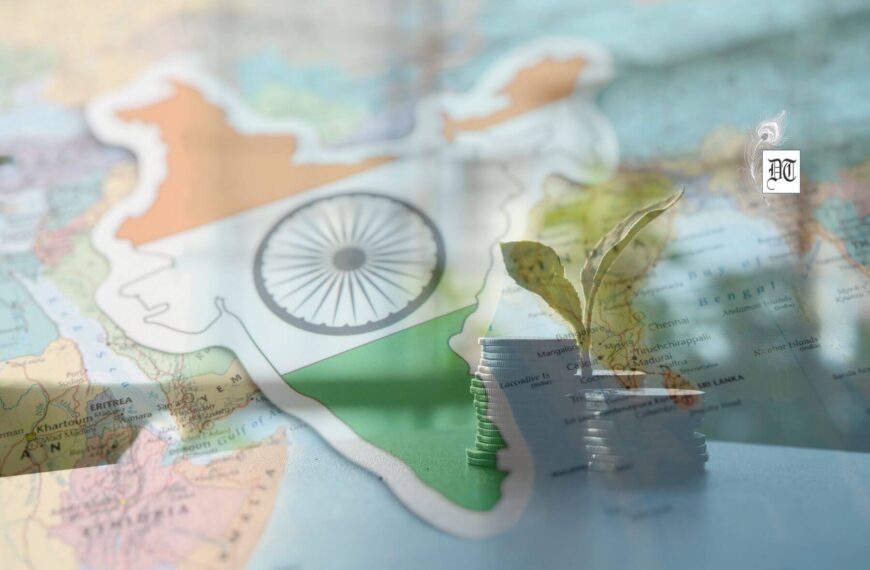Budget 2018-19 is a vision document masquerading as a vote-catcher. It has programmes with promise in them to lift millions out of poverty. The intent is there. All that’s required is execution. That might take more time than what is left to this regime. Here’s an analysis, for Different Truths.
If we all have a point of view, are we all not biased? So, forget the rhetoric. Disregard feigned outrage – from the Congress and the Samajwadi Party; TDP and TMC, Shiv Sena and the Akali Dal; Left parties and the ‘superstar’ Tamil politician who is bound to his state’s border and bull-tamers. Most of all, don’t let media bias affect rational thinking – Budget 2018-19 is a vision document masquerading as a vote-catcher.
It has programmes with promise in them to lift millions out of poverty. The intent is there. All that’s required is execution. That might take more time than what is left to this regime. But the last full budget of the Modi government is not all that bad as made out to be.
It has marquee programmes to pull people, regions, and sectors out of the morass. It is by far sector-neutral and it gives the middle class and the rural sector equal opportunity to be engines of growth over a period of time, extending beyond the 2019 election deadline. In other words, handsome is as handsome does!
Let’s take the flagship National Health Protection Scheme (NHPS). It will be the “world’s largest healthcare programme” and it did not take long to be named ‘Modicare’ a la Obamacare. It could very well be the precursor to universal healthcare in the country. Niti Aayog has estimated that it will need Rs 12,000 crore every year to cover 50 crore individuals with a cap of Rs 5 lakh per family.
The immediate criticism was that the government has allocated only Rs 2000 crore in the budget for the programme, which will be launched either on August 15, Independence Day, or on October 2, Gandhi Jayanti. Media quoted Union Health Minister JP Nadda: “Around Rs. 2,000 crore has been allocated for the scheme, but eventually, the states will have to implement it with help from the Centre. The Centre will bear 60% of the cost, and 40% will be borne by the states.”
Modicare will benefit 50 percent of the beneficiaries if the states accept the programme. Reports were that the Ministry of Health has started preparing a draft defining the contours of the scheme. According to the reports, 24 states already have health protection schemes in some form or the other. The plan is to subsume these schemes in Modicare and the poor of states with existing schemes of their own will be the first to benefit.
So, even if everything else in Budget 2018-19 is not worth the paper they are written on, the NHPS or Modicare is something to hold dear. That is not to say that promising one-and-a-half-times the cost-price to produce crops should be laughed at or that going for a massive infusion of capital in rural infrastructure projects and airports should be brushed aside as of no importance. They are all crucial, each in their own way, and of no less importance than Modicare, to improve “ease of living”.
With Modicare poor families will be able to access secondary and tertiary care and “avert wage loss and impoverishment.” But there are unanswered questions: Does the government even have the money to implement it, or is it just an empty election promise that will be out the window no sooner than the elections are over? Would the poor actually benefit as promised or has it been designed for insurance companies and private healthcare providers to make merry?
The answer to these and all such questions is that, finally, like in developed democratic countries, healthcare has become an election issue in India, too, and that the electorate should prise a commitment from all political parties contesting the 2019 general elections that no matter which party or alliance comes to power, it will take forward this initiative and that money would be found to execute the programme, with the larger goal of bringing more and more people into its ambit.
India still spends only 1 percent of its budget on health and 7 percent of the population slide into bankruptcy and poverty because of life-threatening diseases every year. India is the curious case where life is both cheap and dear. The National Health Protection Scheme should be protected and nurtured even if it’s said that universal health insurance through private hospitals has not worked for the poor anywhere and that there is no substitute for public healthcare.
Sushil Kutty
©IPA Service
Photos from the Internet
#NationalHealthProtectionScheme #India #BudgetOnHealth #Modicare #VoteCatcher #IPA #DifferentTruths





 By
By

 By
By